
Today we are going to learn about a very cute rodent. Yes, I know that sounds odd to say but lots of rodents are cute such as beavers, voles and today’s animal, the Dormouse. The Dormouse is mostly found throughout Europe and is actually pretty small, even by rodent standards.
The Dormouse is only about 6 to 19 cm (2.4-7.5″) long and will weigh about 15 to 200 g (.53-7.1 oz). Personally, I think it is this small size and their furry tail that makes these rodents one of the cuter ones out there. The small stature of the Dormouse has its benefits as it allows them to easily move through dense vegetation without being noticed. This is important because they have numerous predators as a result of their small size. They are like a kid’s meal at the drive-thru, a perfect snack. The Dormouse has to be on the look out for terrestrial predators such as the fox, cats and weasels but also need to keep an eye on the sky as birds such as owls, eagles and falcons love feasting on the Dormouse.

Many small rodents choose to live throughout the winter in the subnivean layer, the small space between the ground and the snow, but the Dormouse, in my opinion is smarter than other rodents. They will simply hibernate for the cold winter months. This is something I have been wanting to do for quite awhile but haven’t figured out how……..yet! These cute little rodents will emerge in late spring and begin breeding as soon as possible. They will usually have 1 to 2 litters a year with about 3 to 5 babies per litter. When the babies are first born they are hairless and the eyes remain closed for about two weeks. As you can imagine many of the young will have a tough time making it to maturity as a result of the hungry predators mentioned earlier.
Dormouse Fast Fact – As a whole the Dormouse population appears to be healthy and stable, however, in parts of Europe there are concerns over a decline in the Dormouse population as a result of habitat loss. Ironically, a report was released in April of 2010 indicating that the Dormouse is one of 14 invasive species in Europe that are threatening the native wildlife populations and costing the Government billions in managing these non-native species. Other animals on this list include rabbits, gray squirrels, house mice, fallow deer, etc. I find it rather interesting to see the two sides to this story but then I am Wildlife Biologist so you would expect silly things like this to entertain me.
Thanks for checking out today’s Wild Fact. See you again real soon!
Sources:
http://www.physorg.com/news189970788.html

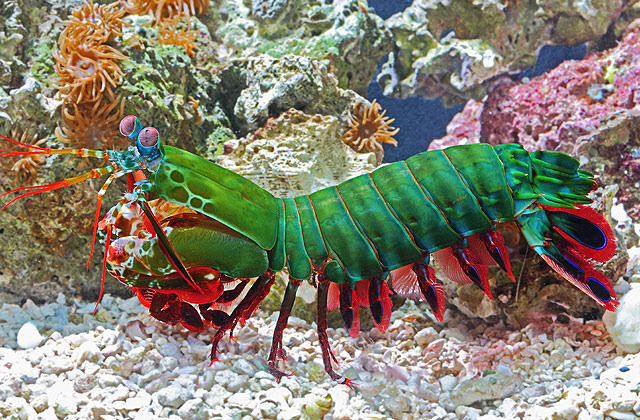

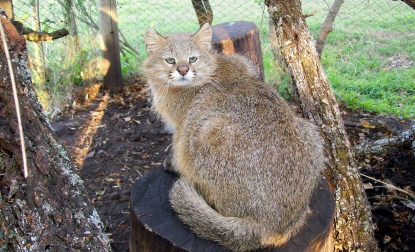
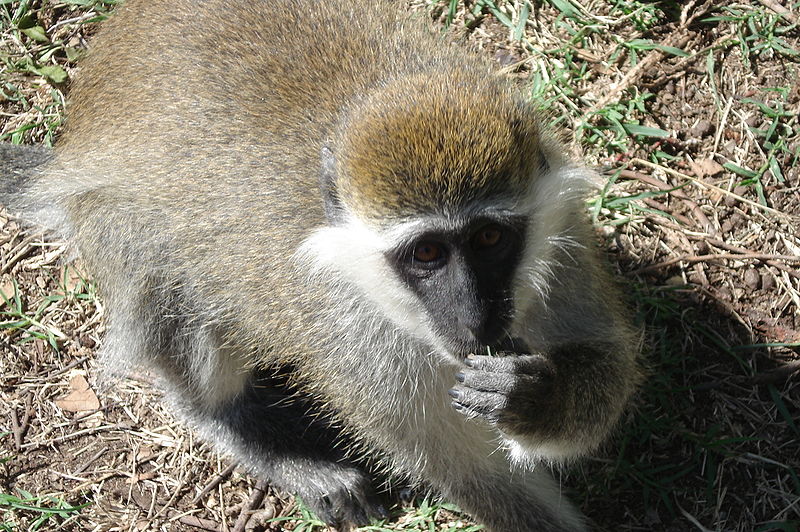
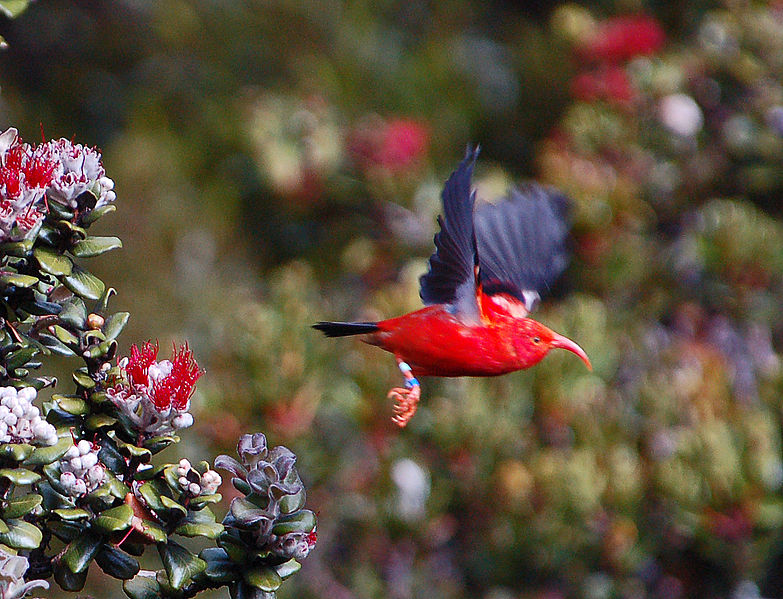
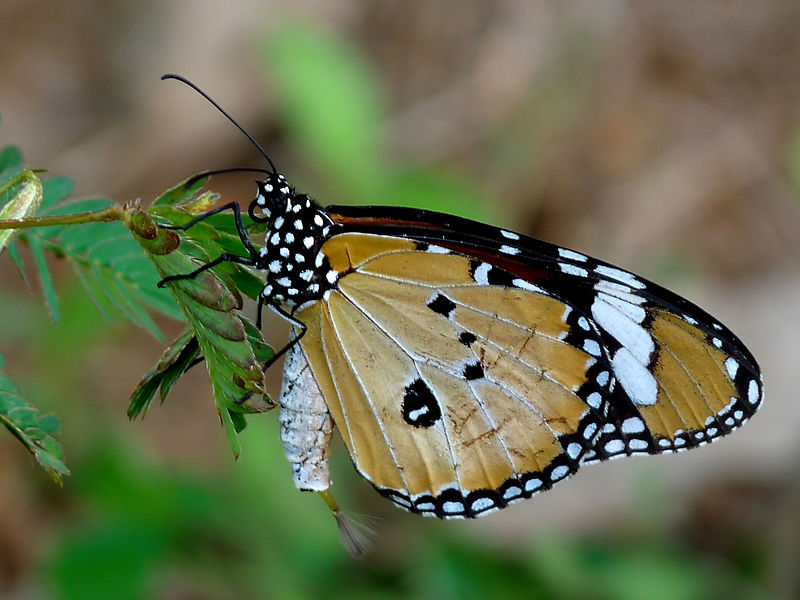
Oh, how cute is he!
I agree with you, Grace. This is one of the cutest rodents, in my opinion.
Oh what a cutie Nathan!! Both of them!! You are so right, it is the little, less-often seen things like this which fascinate me too. I often wonder it that say about small minds applies to me? 🙂
hahahaha! Don’t worry Joan, I am sure the “small mind” statement doesn’t apply to you. We are just curious about natures’ mysteries! At least that is what I am sticking with.
Thanks for stopping by Wild Facts!
You know, I like your way of think on this Nathan and I am sticking to your version of it too. 🙂